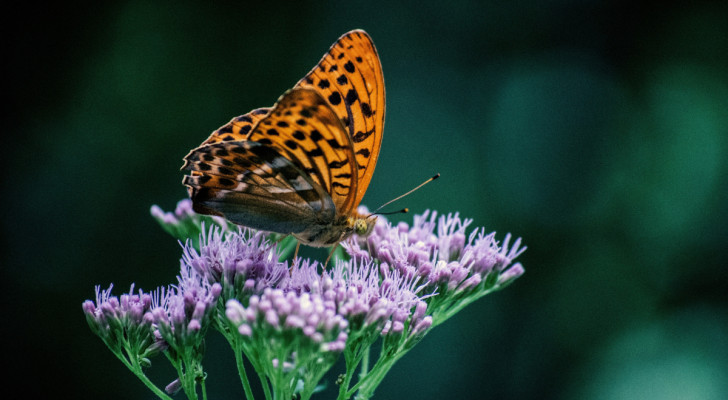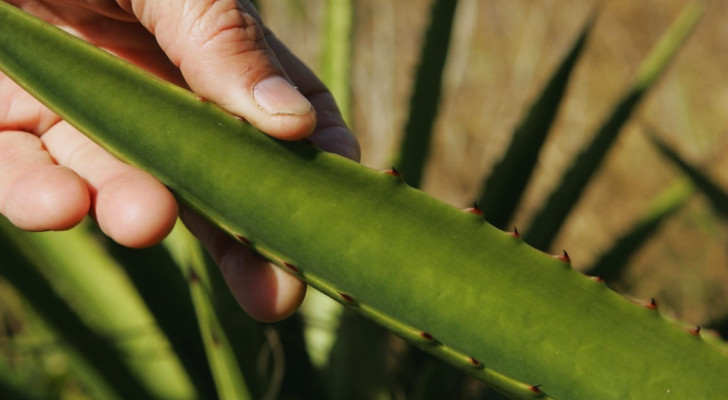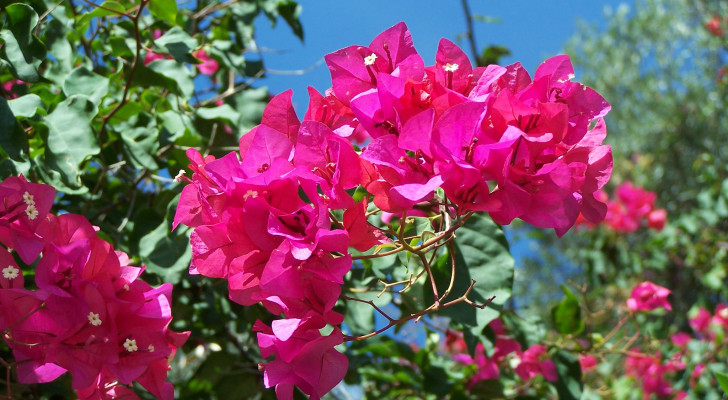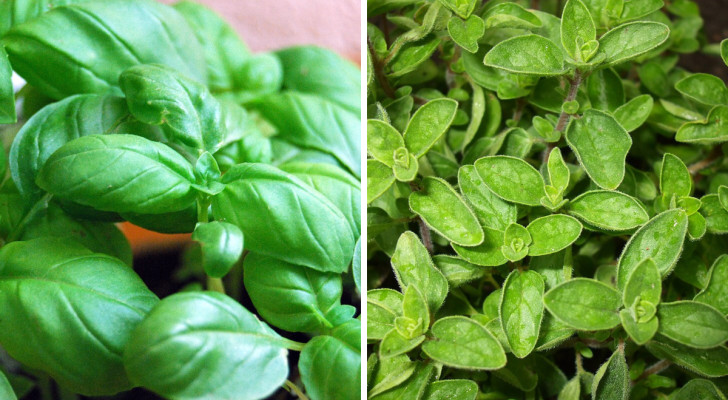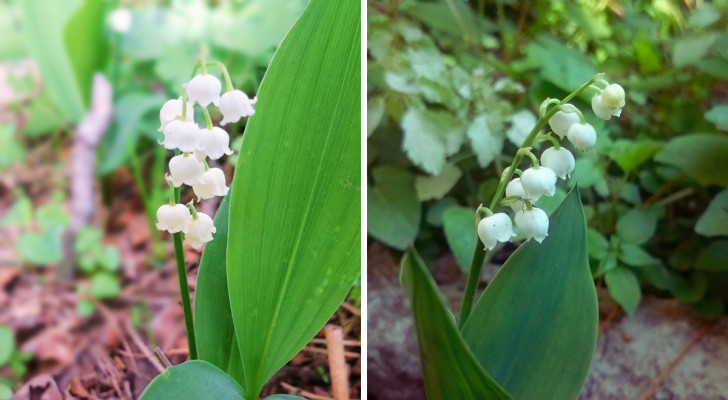Are your hydrangeas wilting? Here's some possible causes and solutions to this problem
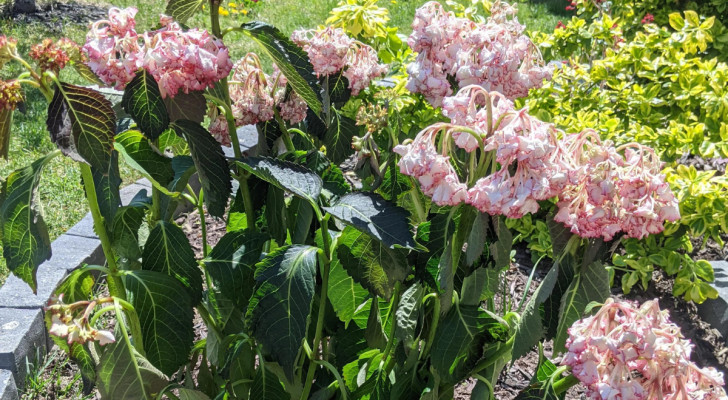
Hydrangeas are amongst the most popular of ornamental plants due to the majestic beauty of their flowers. Grown in parks and gardens everywhere, hydrangeas can also be raised successfully in pots and planters on balconies and terraces.
At times, hydrangeas may begin to wilt, dropping their leaves and flowers and taking on a "dried out", unhealthy appearance. Check out the guide below to understand and deal with this problem:
Insufficient watering
On hot days, the leaves of hydrangeas may droop in the heat (especially around midday). But if the leaves remain drooping as evening approaches (or in the early morning), the cause is probably inadequate watering. In summer, it may be necessary to increase the frequency of watering due to the excessive heat. Watering must be thorough and done around the base of the plant. Additionally, it's preferable to do this watering early in the morning or during the evening, in order to slow down evaporation. Typically, during summer, you should water your hydrangeas 2-3 times a week, but first check how humid the soil is. Adding mulch will also impede premature water evaporation and help keep the soil humid for longer.
For hydrangeas grown in small pots, you can water them using the immersion method: place the pots in a basin full of water for about 15 minutes - this will allow the plants to absorb all the water they need.
Incorrect exposure to the sun

Good exposure to sunlight is also essential for hydrangeas to thrive. If the leaves and flowers of your hydrangeas have a wilted appearance, the cause could be that they are not getting enough sunlight. This problem is particularly prominent for hydrangeas which are growing in pots but have been placed in a less-than-ideal position.
Hydrangeas need a partially shaded area to grow in, preferring direct exposure to sunlight only during the early hours of the morning. Given this, find a place that provides shade during the midday hours so the leaves of your hydrangeas don't get burned. Burnt leaves will gradually begin to turn yellow, and later, will turn brown and crunchy.
Fertilizing mistakes
Mistakes in fertilizing can also cause your hydrangeas to wilt and specific nutritional deficiencies can be detected as detailed below:
- nitrogen deficiency: lack of nitrogen is a problem which occurs especially in springtime and will cause the leaves turn yellow and fall off prematurely;
- magnesium deficiency: lack of magnesium will cause older leaves to turn yellow (and the leaf veins to turn green);
- iron: an iron deficiency will cause young leaves to turn yellow and "permanently fix" the green coloring in the leaf veins.
All the above problems can be solved by using a balanced fertilizer specially for acidophilic plants, given in the correct doses (which will be indicated on the fertilizer packaging).
Raising hydrangeas in pots and planters
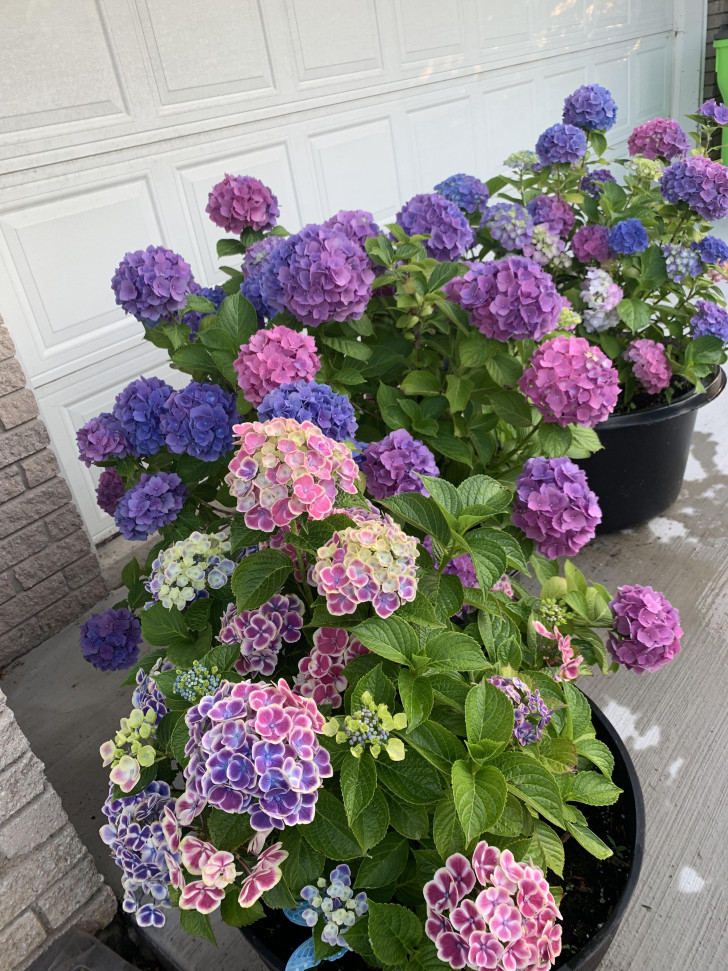
If you don't have a garden, but you do have a small balcony or terrace, you can still raise hydrangeas successfully.
To do this correctly, observe the following "rules":
- chose correctly-sized pots/planters (the average pot dimensions for a hydrangea would be around 40cm in diameter and 38cm in depth);
- positioning your hydrangeas in a partially shaded place (see above);
- thorough and frequent watering to keep the potting soil moist.
By following this guide, your hydrangeas will stay healthy and vibrant!
